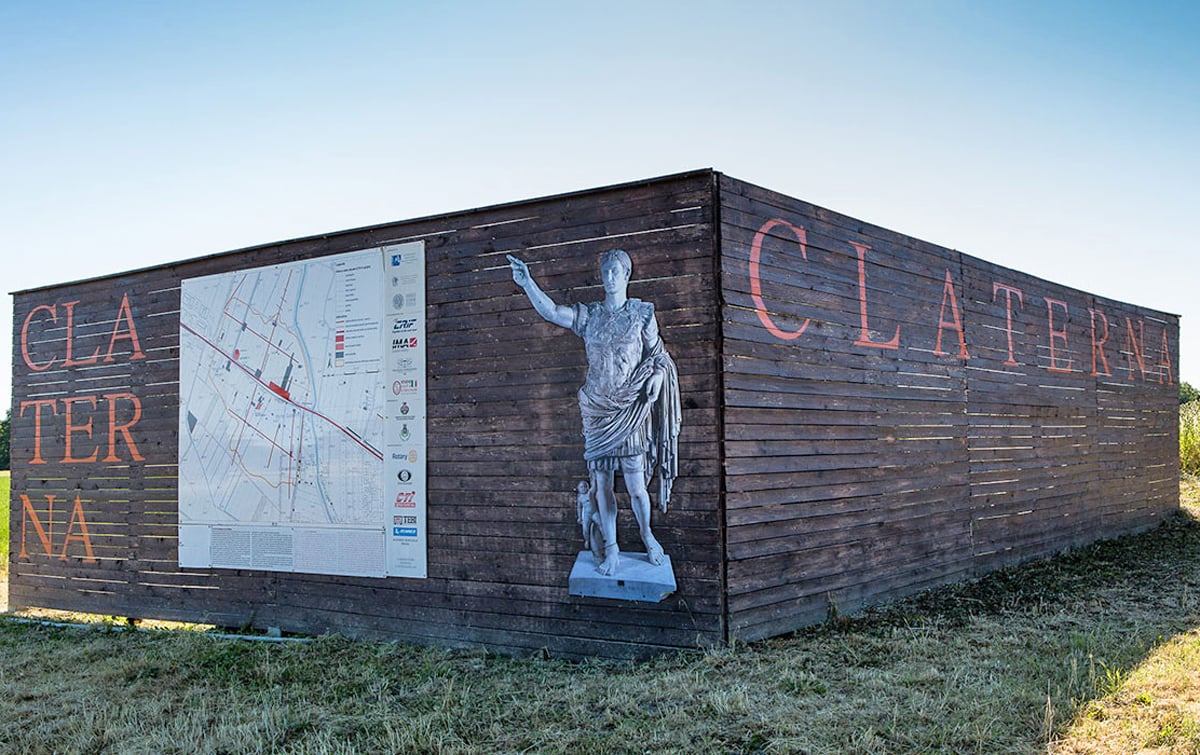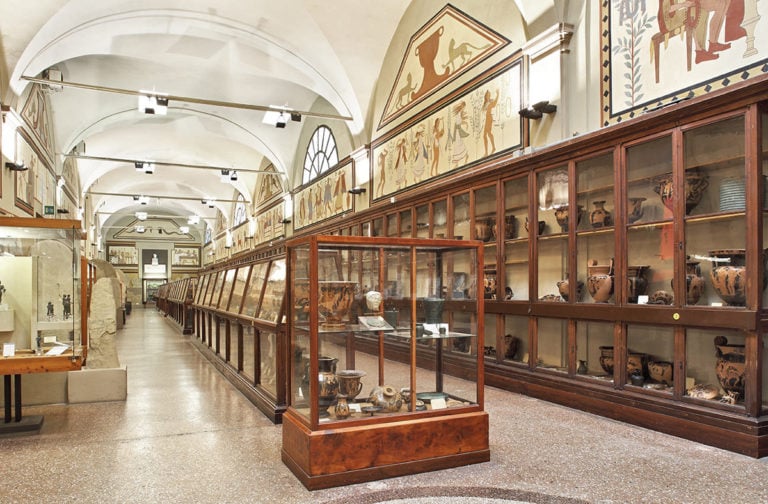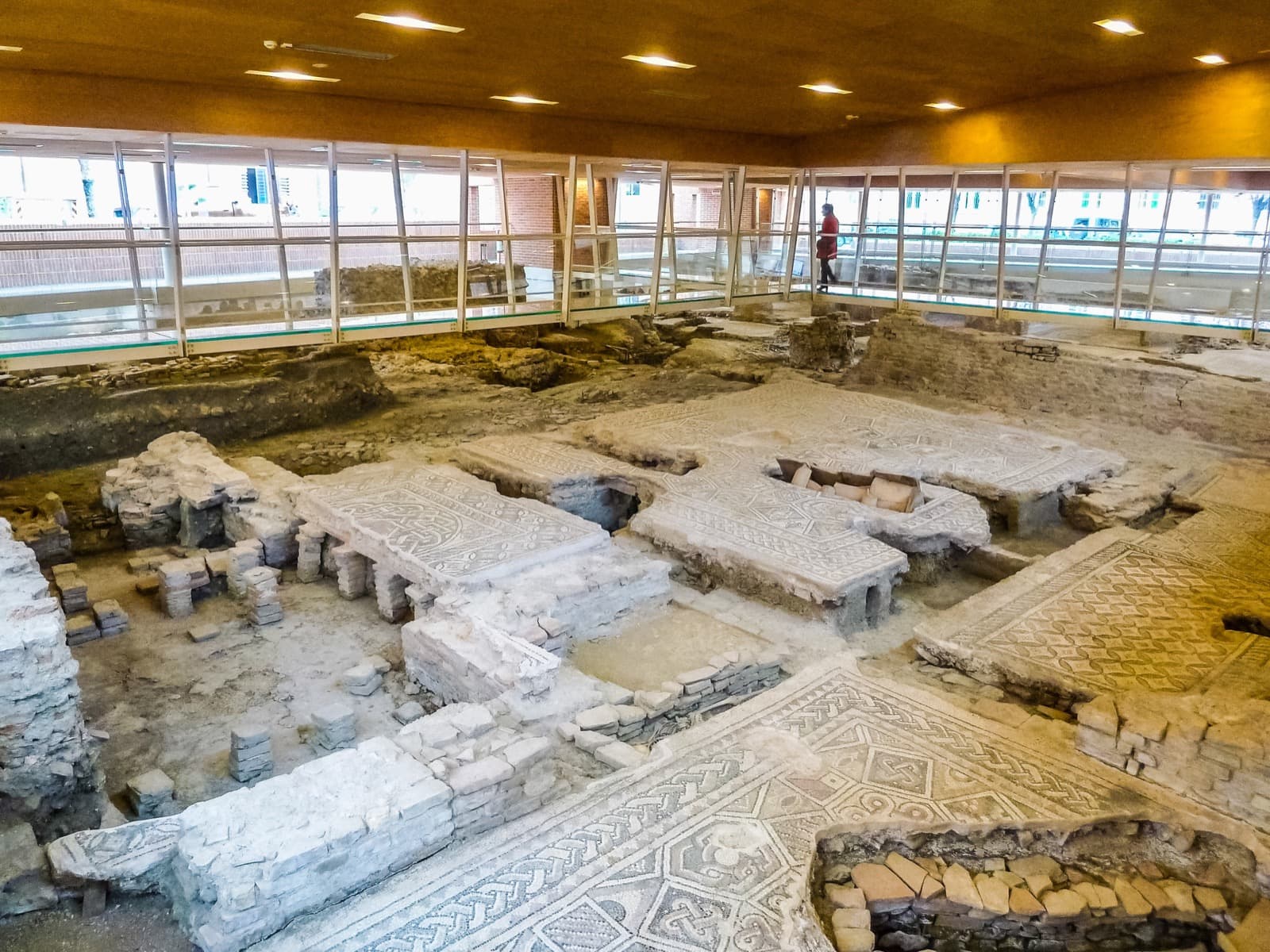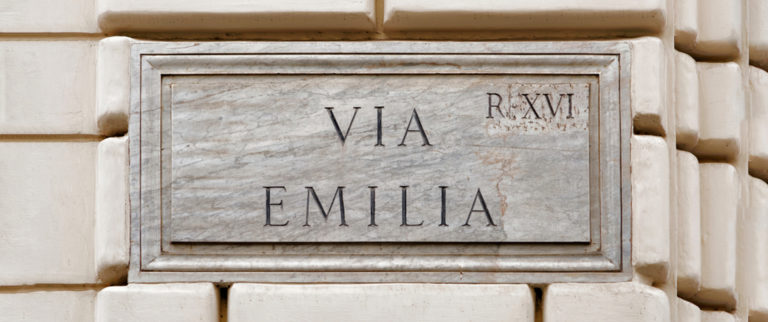Getting to know the origins of a territory – as the one of the Emilia-Romagna region – inevitably makes you go on a journey through time and takes you back thousands of years.
If you wander through the Apennines of our region, you may discover remains of ancient Celt or Etruscan settlements, just beside more modern Roman sites.
Here are three different itineraries to discover the areas surrounding some of these archaeological sites scattered around the territory of Bologna: the Etruscan city of Kainua in Marzabotto, the archaeological park of Monte Bibele in Loiano and the Roman city of Claterna in Ozzano dell’Emilia.
Three different places that tell ancient and fascinating stories – capable of conveying a deep feeling of discovery everyone of us longs for, as well as of arousing a pinch of curiosity that feeds our imagination.
Etruscans and the ancient town of Marzabotto
Between the 6th and the 4th century BC, the territory of Marzabotto hosted one of the most important city-states of Etruria, the city of Kainua.
I know what you are thinking: Etruscans in the Emilia-Romagna region? Well, of course! As it expanded its territories, this cultural facies of Tuscan origin also reached the Po valley around the 7th – 6th century BC.
Here, the Etruscan people founded twelve main cities (including Verucchio and Spina) linked with the motherland by commercial and political relationships. The only one of them that is still visible, is Kainua, in the province of Bologna.
Walking along the main road axes, you can admire what remains of the town and its districts, characterised by remains of residences. There are also religious shrines, as the recently discovered ones of Tinia (the highest Etruscan god, equivalent to the Greek Zeus) and Uni – the divine couple at the head of the Etruscan mythology.
Not far behind, on a plateau, is the acropolis of the city, with religious buildings and propitiatory altars.
A little further down, two necropolises with stone tombs, surmounted in some cases by peculiar signs in the shape of an egg.
The itinerary ends with the prestigious “Pompeo Aria” museum, which sheds light on the history and the happenings of the site.
Celts and Monte Bibele
The archaeological park of Monte Bibele, in the Municipality of Loiano, tells a story that is very different from the one of the city-like Marzabotto.
Visiting this area means living a peculiar experience, a combination of the natural and the archaeological dimensions.
The visit starts with a walk in the typical woods of the Apennines, in close contact with nature. These woods have always been chosen by ancient peoples as a sacred area to seek contact with gods.
What is there to see in the park? In this area, it is possible to admire traces of prehistorical settlements – dating back from the Copper Age to the Iron Age – but also to observe the passage of the Etruscans and the one of the Celts starting from 380 BC.
The archaeological remains are located in an area that includes Monte Bibele, Monte Tamburino and Pianella di Monte Savino.
The first one is home to archaeological evidences from the prehistoric era. Worth mentioning is a votive shrine – once probably a natural pool – where 195 bronze statuettes were found.
Another shrine, dating back to the Iron Age, is located on the slopes of Monte Tamburino. Here is also a necropolis with many tombs dating back to the time of the Etruscan settlement.
Finally, there is the area of Pianella di Monte Savino, seat of the Etruscan-Celt village and its necropolis.
The itinerary ends with the “Luigi Fantini” Archaeological Museum in Monterenzio, displaying evidences coming from the excavations of the Etruscan-Celt settlement of Monte Bibele and its necropolis (beginning of the 4th and the 2nd century BC). The museum hosts one of Italy’s most important collections of Celt materials.
You can reach the archaeological park both on foot and by bike by taking path no. 803, among gorse bushes and fascinating views, until the intersection with path no. 805 until the service centre of Monte Bibele.
Romans and the city of Claterna

We are now in the Municipality of Ozzano dell’Emilia, at the border between the great Po Valley and the Parco dei Gessi Bolognesi e Calanchi dell’Abbadessa.
Here, just outside Bologna and along the road axis of the ancient Via Emilia, is a 1500-year-old completely preserved city sleeping under the fields. Its name is Claterna, a small village devoted to agriculture, transformed by the Romans into a municipality.
It is one of the few centres of the region that wasn’t continuously inhabited – that ensured a better preservation of its structures.
Unfortunately, it is not possible to visit the site, but you can get to know it by visiting Claterna Museum in Ozzano.
Worth mentioning is a breath-taking hike overlooking the stunning Calanchi dell’Abbadessa from the small Church of Sant’Andrea.
Take the paths 801A and 801B until the dirt Via del Pilastrino, from which you can enjoy a charming view from Monte Bibele to Corno alle Scale.
Author

Davide Marino
Davide Marino was born archaeologist but ended up doing other things. Rational – but not methodic, slow – but passionate. A young enthusiast with grey hair
You may also like
Archaeological sites and museums in Emilia
by Davide Marino /// March 1, 2018
The archaeological sites of Romagna
by Davide Marino /// February 9, 2018
Via Emilia. History and origins of a region in 10 points
by Davide Marino /// June 29, 2018

Interested in our newsletter?
Every first of the month, an email (in Italian) with selected contents and upcoming events.



